Transistors Explained – What is a transistor?
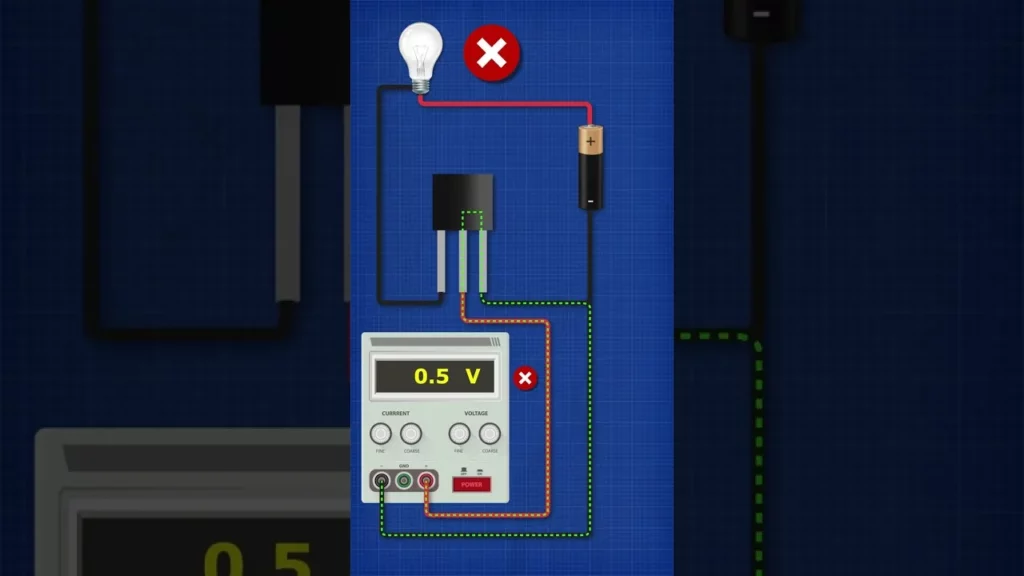
The lesson explains the function and significance of transistors, which act as switches in electronic circuits by controlling the flow of electricity based on signals received at their control pins. Using a water pipe analogy, it illustrates how transistors operate, requiring sufficient voltage and current to allow electricity to flow, while also highlighting their essential role in modern electronics, from smartphones to computers. The lesson concludes by emphasizing the transformative impact of transistors since their invention in 1947, enabling the development of smaller and more efficient electronic devices.
PC Water Cooling explained
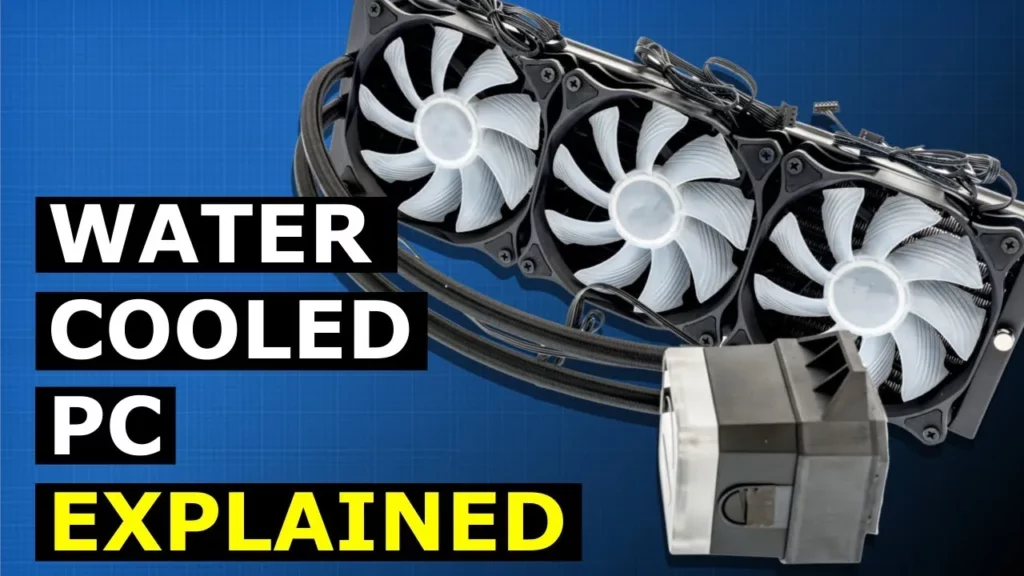
This lesson explains the fundamentals of PC water cooling systems, highlighting their effectiveness in managing heat for high-performance computers, particularly in gaming setups. It details the key components—pump, water block, and radiator—and describes how water’s superior heat capacity allows for efficient heat absorption and dissipation, ensuring optimal performance and longevity of computer components. Understanding these systems can enhance your appreciation for their role in advanced computing environments.
What is a potentiometer #engineering #electronics #electrical #engineering #potentiometer
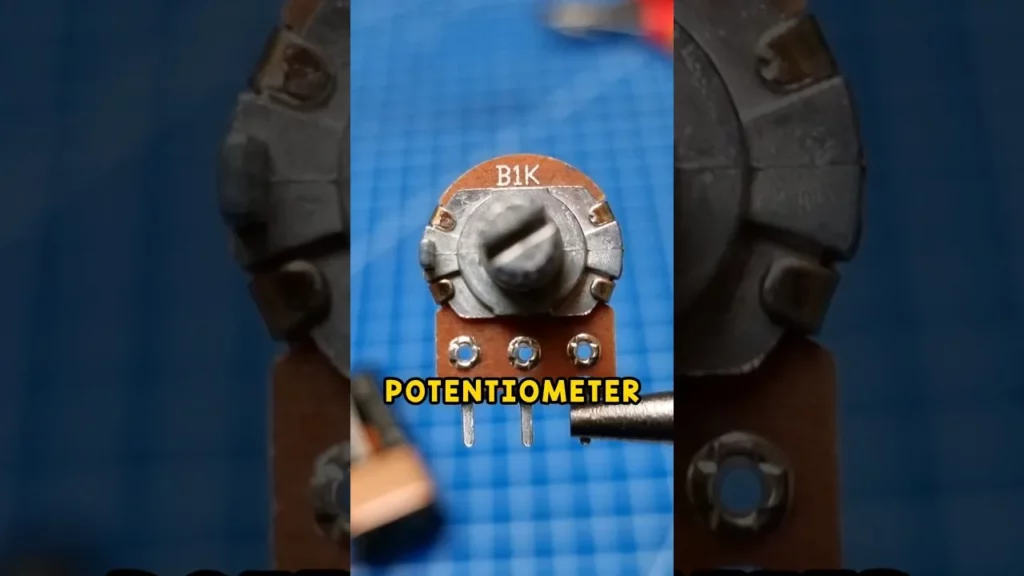
This lesson introduces potentiometers, explaining their function as adjustable resistors used in various applications, such as volume control and light dimming. It describes how a potentiometer works by utilizing a resistive track and a movable wiper to change resistance and create a voltage divider, allowing for precise control over electrical signals. Ultimately, potentiometers play a crucial role in enabling small adjustments that significantly impact electronic devices.
What is a capacitor? Basics
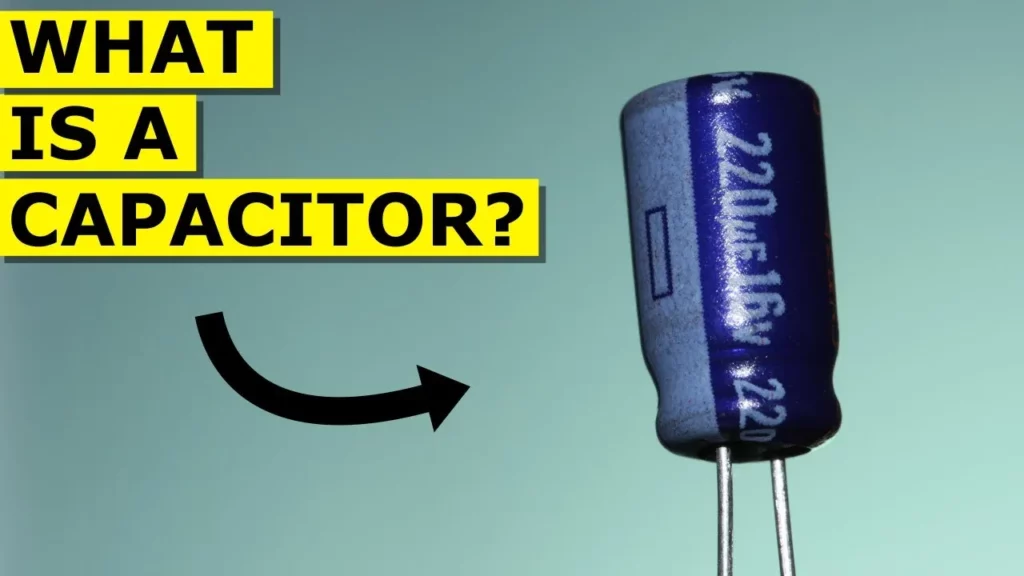
In this lesson, we explored the basics of capacitors, which are essential components in electronic devices that store and quickly release electrical energy, much like a water tank. By understanding how capacitors function—using two metal plates separated by a dielectric material—we can appreciate their critical role in maintaining smooth operation in various electronic systems, from small gadgets to larger devices.
What is a capacitor? #technology #electronics #engineering
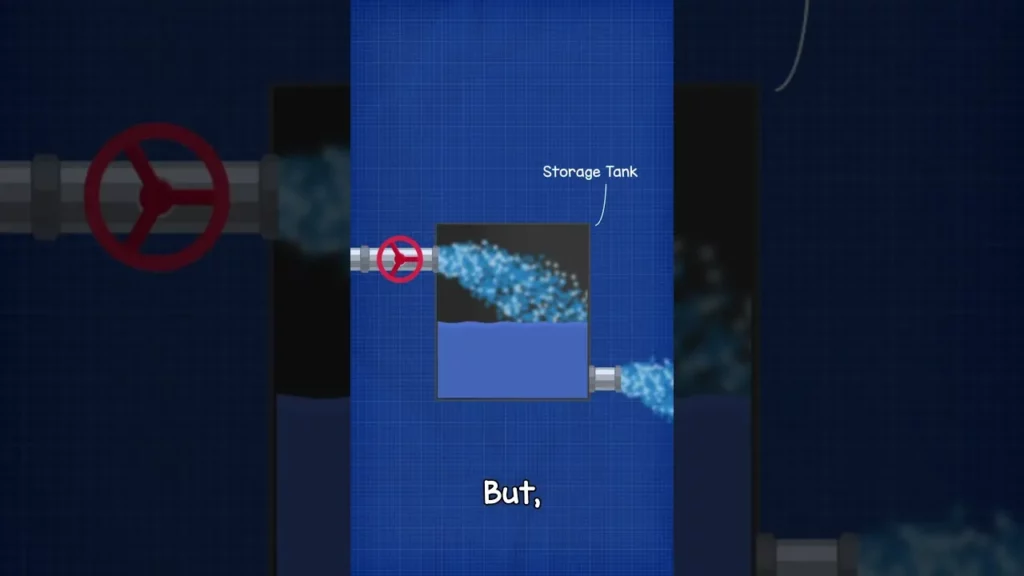
In this lesson, we explored the function and importance of capacitors in electronic devices. Capacitors act as storage tanks for electricity, allowing them to maintain power during interruptions by storing and releasing electrical energy. They are essential for filtering signals and ensuring the smooth operation of various gadgets, though they do have limitations regarding voltage and polarity.
How Does SpaceX Get These Amazing Camera Shots?
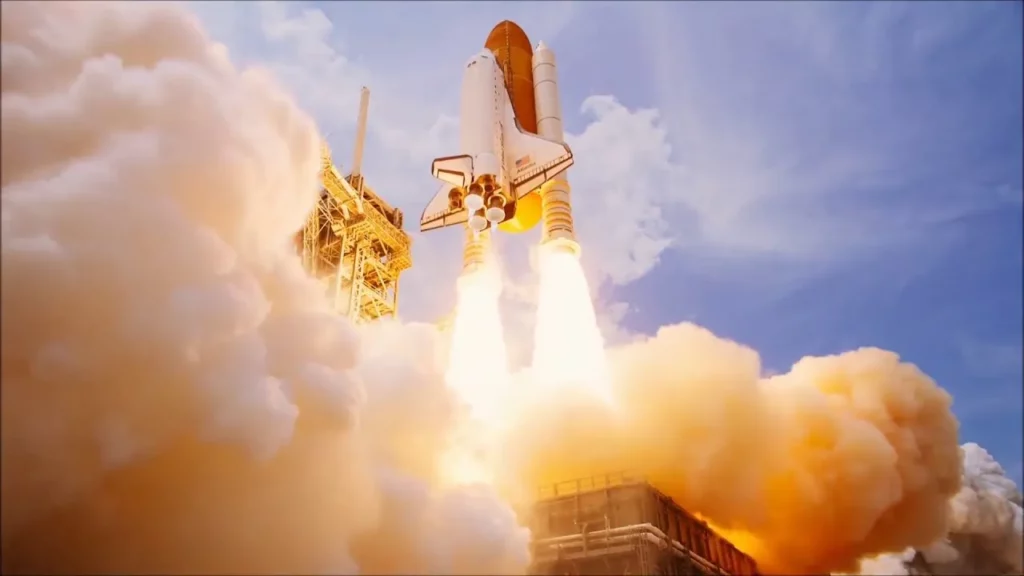
The lesson explores the intricate technology and challenges involved in capturing stunning camera shots of SpaceX rocket launches. It highlights the need for specialized long-range tracking cameras and advanced filming techniques to effectively follow rockets traveling at high speeds and distances. Additionally, it discusses the historical context of these technologies and their importance in both launch coverage and safety analysis.
Space Communication: How Do We Communicate with Space?
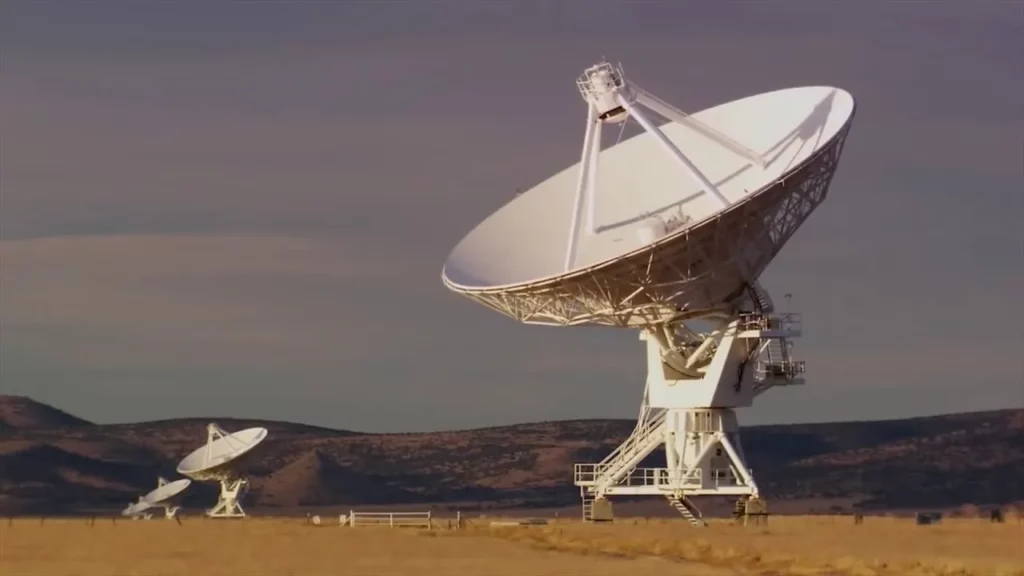
The lesson on “Space Communication” explores how we communicate with satellites and spacecraft, from the early days of Sputnik to modern missions like Voyager 1. It details the processes involved in sending commands and receiving data through radio waves, the development of systems like NASA’s Unified S-band for the Apollo missions, and the Deep Space Network for distant satellites. As the demand for space communication grows, particularly with increasing satellite launches, advancements in technology will be essential for maintaining effective communication with our expanding presence in space.
How Does SpaceX Transport the Falcon 9?
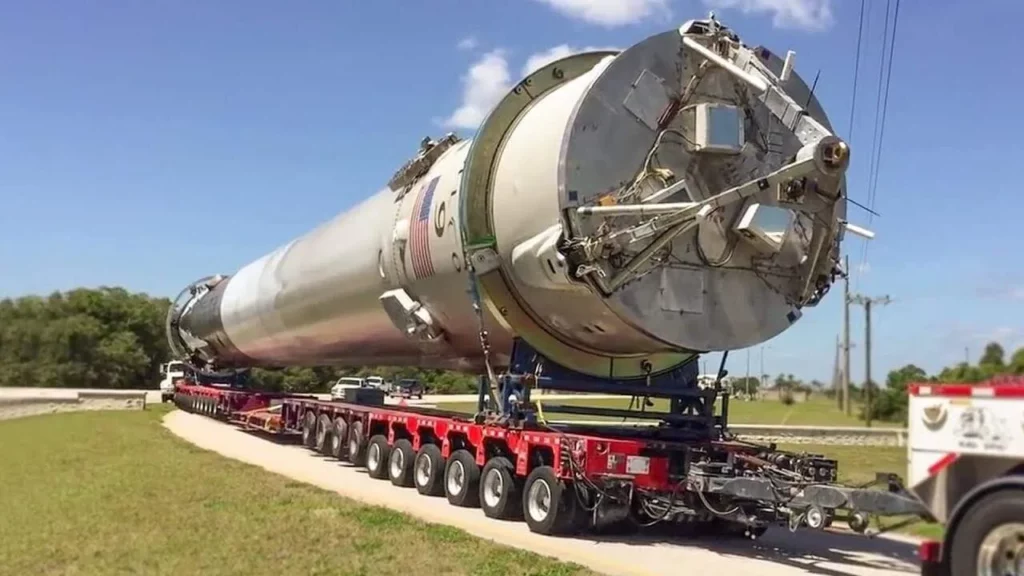
The lesson explains the intricate process of how SpaceX transports the Falcon 9 rocket from its manufacturing facility in California to the launch site in Florida, covering over 2,500 miles. It details the various transportation methods used, including road transport with custom-built trailers and the use of a NASA-acquired transporter for assembly and launch positioning. Additionally, the lesson highlights the Falcon 9’s reusability, emphasizing SpaceX’s innovative approach to making rocket launches more efficient and cost-effective.
When will SpaceX send humans to the ISS?
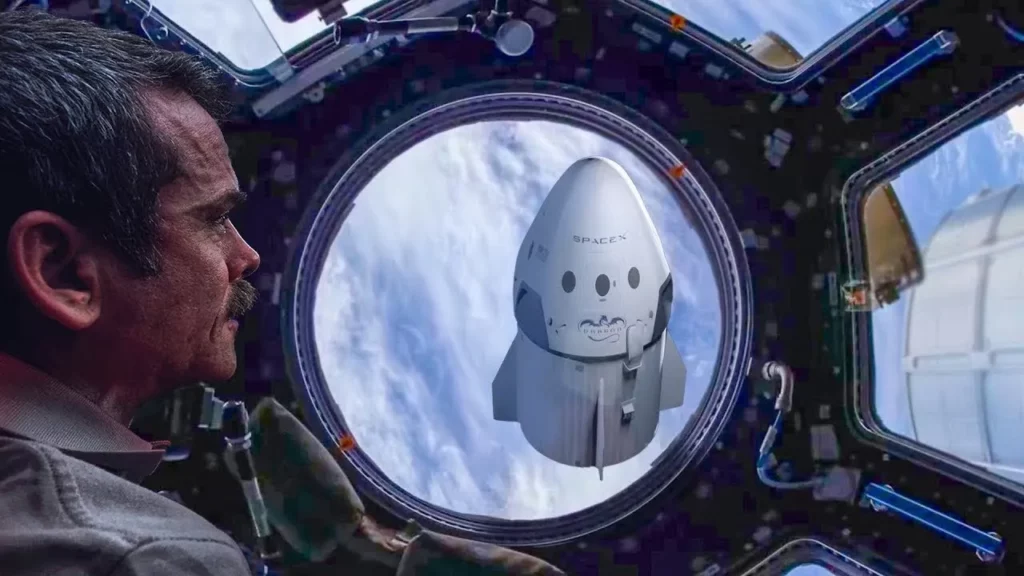
The lesson discusses SpaceX’s journey to send humans to the International Space Station (ISS) using the Dragon 2 spacecraft, which is designed to carry astronauts safely to and from the ISS. After overcoming various challenges and delays, including changes in landing methods and competition with Boeing, SpaceX is set to conduct an uncrewed test flight of Dragon 2, with a crewed mission planned for December. This marks a significant step in SpaceX’s efforts to contribute to human space exploration and future missions to Mars.
Why does the SpaceX droneship camera cut out?
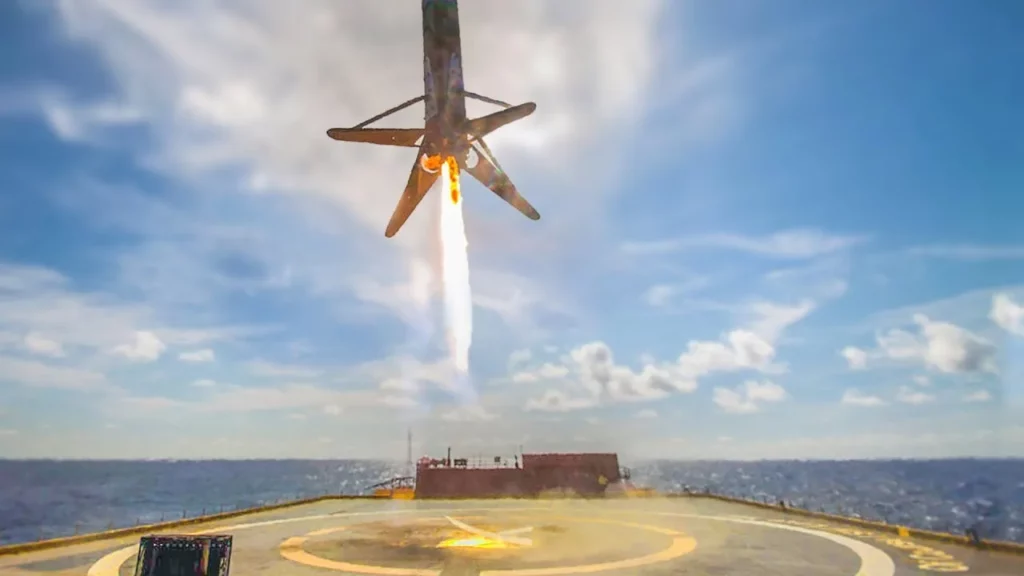
The lesson explains why the live video feed from SpaceX’s droneship often cuts out during the landing of the Falcon 9 booster. This interruption occurs due to vibrations from the rocket’s engines, which disrupt the antenna’s connection to the satellite. While potential solutions exist, such as using additional ships or different signal types, the cost and practicality of these fixes are considerations for SpaceX, which ultimately provides recorded footage of the landings afterward.